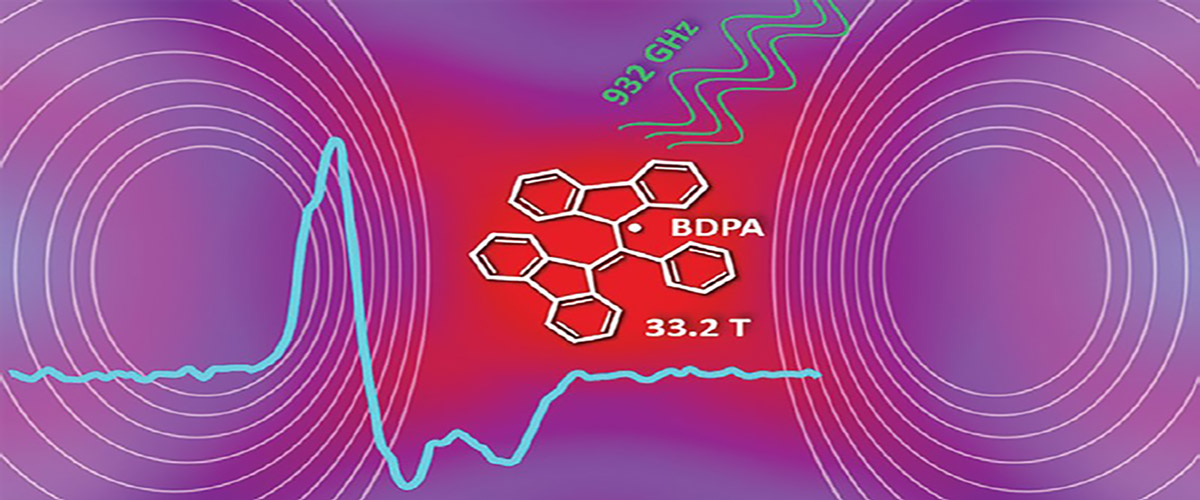What did scientists discover?
A newly discovered metal, CsV3Sb5, has been studied in pulsed magnetic fields of up to 75T. The experiment recorded the electrical conductivity of CsV3Sb5 via its effect on the frequency f of a proximal oscillator. For each field pulse, a tiny crystal of CsV3Sb5 was rotated to different precise angles (Figure; the angles are indicated to the right). Wiggles are seen in the frequency, and their amplitude varies with the crystal’s angle in a distinctive way.
Why is this important?
The angular variation of the wiggles is due to the presence of Chern pockets in CsV3Sb5. Without any external energy being supplied, Chern pockets generate circulating currents that act like tiny coils, each producing a magnetic field. Chern pockets are a key indicator of a quantum mechanical property known as topology. However, it is almost impossible to detect them, because ones with oppositely circulating currents pair up, cancelling out their magnetic fields. In this work, the problem is overcome by using high fields to generate the characteristic wiggles. This is an important measurement, because topology promises to be invaluable in future electronic devices that will work on completely new quantum principles.
Who did the research?
Kuan-Wen Chen1, Guoxin Zheng1, Dechen Zhang1, Aaron Chan1, Yuan Zhu1, Kaila Jenkins1, Fanghang Yu2, Mengzhu Shi2, Jianjun Ying2, Ziji Xiang1,2, Xianhui Chen2, Ziqiang Wang3, John Singleton4 & Lu Li1
1Department of Physics, University of Michigan, 2CAS Key Laboratory of Strongly-coupled Quantum Matter Physics, 3Department of Physics, Boston College, 4National MagLab at Los Alamos National Laboratory
Why did they need the MagLab?
Measuring conductivity in high fields is the most reliable way of detecting consequences of topology such as the wiggles seen here. Characterizing the wiggles needs a precise knowledge of the crystal’s angle in the field, which required a special 3D printed rotator only available at the MagLab. At larger angles, the wiggles are pushed to higher fields, and so many magnet pulses up to 75T are essential to do a complete characterization.
Details for scientists
- View or download the expert-level Science Highlight, Using 75T Pulsed Magnetic Fields to Detect Chern Pockets With Large Orbital Moments in CsV3Sb5
- Read the full-length publication, Magnetic breakdown and spin-zero effect in quantum oscillations in kagome metal CsV3Sb5, in Communications Materials
Funding
This research was funded by the following grants: G.S. Boebinger (NSF DMR-2128556); J. Singleton (DOE Science of 100 T); Lu Li (DOE DE-SC0020184; NSF DMR1707620 and 2004288)
For more information, contact John Singleton.






